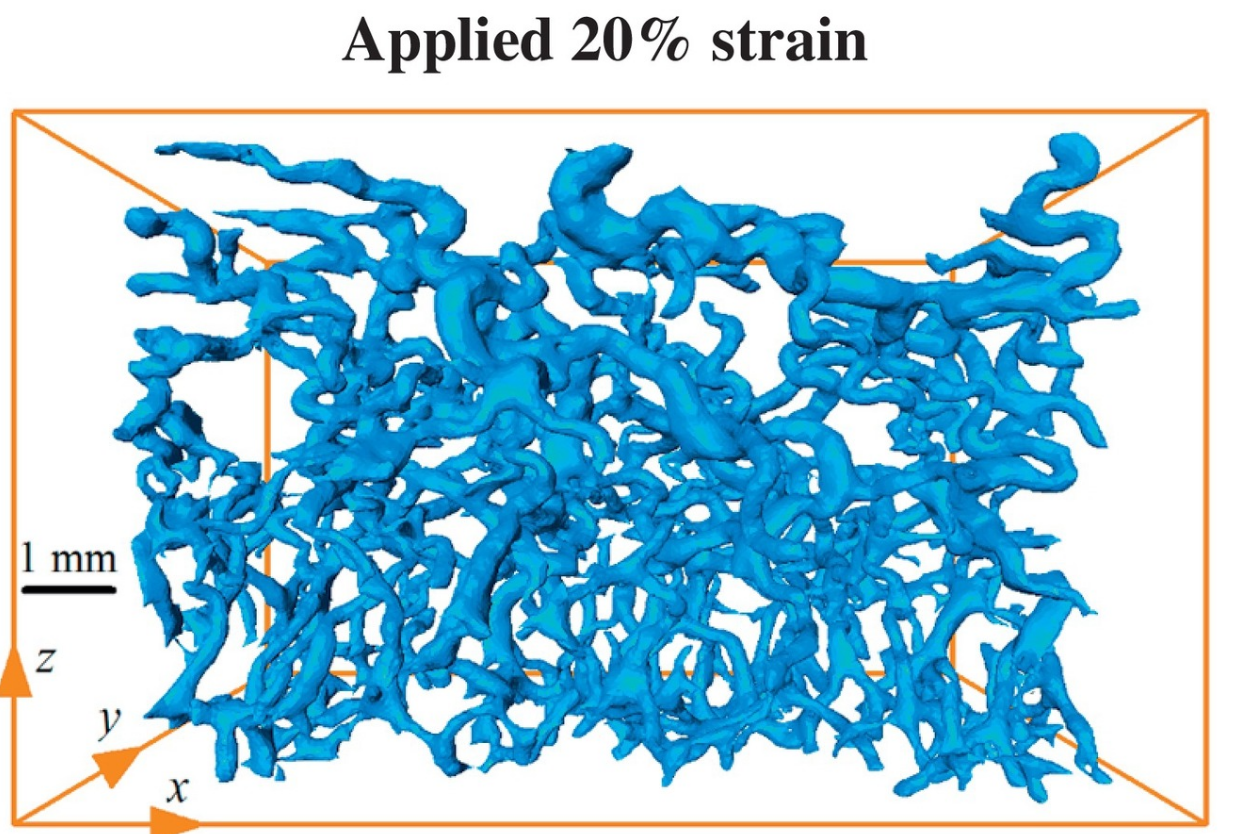

When a person uses the "take-charge technique" they are taking action of their environment and making it into a place to study. To have a constant routine in studying, you can make up a study ritual so that you are able to get a quick start.ĭoing a warm-up activity at the beginning of the study block can create a good mindset for your studying.Ĭreating a mental rehearsal of you studying and doing well will lead to great success.
#External internal discratoin pomello full
In order to get the full effect of studying, use the chuncking method to help you remember the information. Planning a birthday party while study is an internal distractor keeping you from studying. in the living room is a external distractor. It takes a lot of concentration to study for tests. Click to see the original works with their full license.

Some images used in this set are licensed under the Creative Commons through. Procrastination a learned behavior that involves putting off or postponing something until a later time Deep Muscle Relaxation Technique involves tensing and releasing different groups of muscles as a way to reduce stress. Deep Breathing Technique involves taking deep breaths and exhaling slowly as a way to reduce stress. Breathing By Threes Technique involves inhaling and exhaling slowly as a way to reduce stress. Relaxation Blanket Technique involves visualizing yourself pulling a soft, warm blanket up to your neck to release tension. Soothing Mask Technique involves using your imagination to create and pull a mask over your face to block out reactions to stress. Perfect Place Technique involves taking a mental vacation and visualizing a perfect, stress-free place to relax. Physical Coping Strategies involve the use of physical activity to reduce or eliminate your responses to specific stressors. Behavioral Coping Strategies involve changing patterns or behaviors to overcome stress. Emotional Coping Strategies involve identifying and expressing your emotions to others. Cognitive Coping Strategies involve changing the way you think and perceive stressors. Stressors are situations or actions that cause stress Coping Strategies are cognitive and behavioral strategies used to manage and overcome stressors and difficult situations. Affirmations are positive statements used as motivators Stress a reaction or response to events or situations that threaten or disrupt our normal patterns or routines. Negative self-talk the critical inner voice that focuses on negativity, low self-esteem, and statements of doubt. Positive self-talk an internal conversation that focuses on positive qualities, words of encouragement and statements that reflect a high self-esteem. Visualize Success a strategy to strengthen your self-image and belief in your abilities by visualizing yourself behaving in a specific way and performing the steps and achieving a specific goal. Expectancy Theory of Motivation reflects a person's intensity or desire to achieve a goal and a belief in the likelihood of achieving that goal. Incentive Theory of Motivation states that incentives and rewards are the driving forces behind peoples chocies and behaviors. Self-efficacy the belief in your abilities to accomplish a specific task at a specific level of performance. Self-esteem the perception you have of yourself as a human being. Extrinsic Motivation the driving force to take action that comes from sources outstide of yourself. Intrisic Motivation the driving force to take action that comes from within you. Motivation the feeling, emotion, or desire that moves a person to take action. Emotional E Words Technique involves refocusing your mind by using words that begin with e to create a positive attitude. Tunnel Vision Technique involves picturing yourself in a tunnel and training your mind to stay centered and on course. Mental Storage Box Technique involves placing any internal distractors into an imaginary box putting a lid on the box and shoving that box aside to be dealt with at a later time. Check Mark Technique involves keeping a score card to record and reduce the number of distractions that you allow into your working memory. Red Bow Technique involves using a symbol, such as a red bow, to signal to others that you do no want to be interrupted or disturbed.


 0 kommentar(er)
0 kommentar(er)
